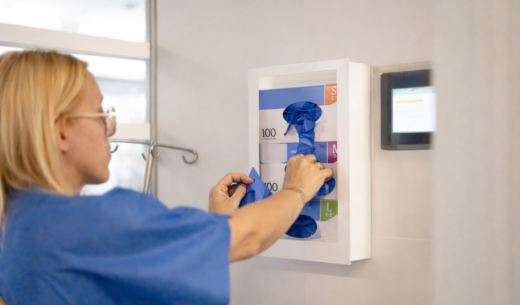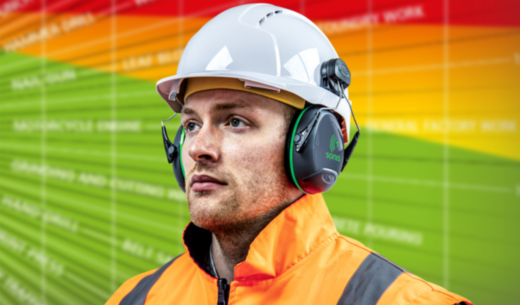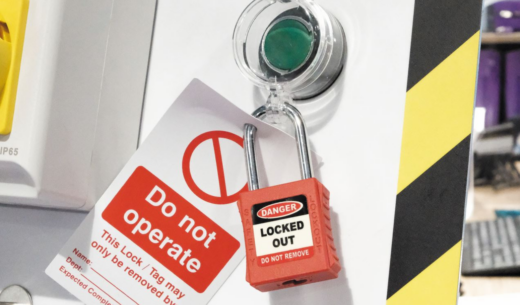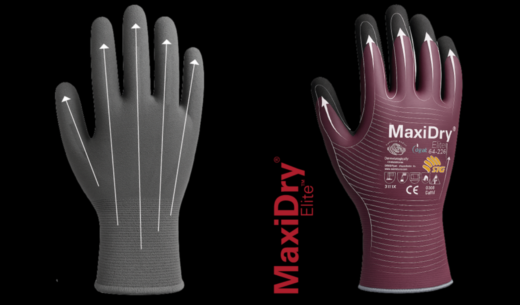The Importance of High-Visibility Clothing in Ensuring Safety on the Railways
High-visibility (hi-vis) clothing is a critical component of personal protective equipment (PPE) for workers on railways. Its primary function is to enhance the visibility of individuals working within the railway boundary, ensuring their safety by making them easily noticeable to train drivers and other staff members. This visibility is crucial for preventing accidents and ensuring efficient management of work groups on the railway lines.
Why High-Visibility Clothing is Essential
Hi-vis clothing plays a pivotal role in maintaining safety standards on the railways for several reasons:
- Enhanced Visibility for Safety: The bright, fluorescent colors and retro-reflective materials used in hi-vis clothing significantly improve the visibility of railway workers. This heightened visibility allows train drivers to spot workers from a distance, providing them with ample time to give audible warnings if necessary.
- Compliance with Standards: In Great Britain, high-visibility clothing worn by railway workers must comply with the RIS-3279-TOM standard. This standard dictates the minimum area requirements for background and retro-reflective materials to ensure sufficient visibility. Transport operators may choose to exceed these requirements, but the fundamental color and luminance standards must always be met.
- Different Protection Levels: Hi-vis garments are categorized into three classes based on the level of protection they offer:
- Class 1 (Lowest Protection Level): Suitable for limited risk or off-road purposes, these garments require a minimum of 0.14m² of background material and 0.12m² of retro-reflective material, with bands of retro-reflective material at least 50mm wide.
- Class 2 (Intermediate Protection Level): These garments provide a higher level of visibility with a minimum of 0.5m² of background material and 0.13m² of retro-reflective material.
- Class 3 (Highest Protection Level): Offering the highest level of protection, these garments must have at least 0.8m² of background material and 0.2m² of retro-reflective material.
- Material Specifications: The background materials in hi-vis clothing are usually fluorescent yellow or orange, enhancing visibility during daylight. The retro-reflective materials reflect light back to its source, such as vehicle headlights, making the wearer more visible in low light conditions.
Ensuring Compliance and Safety
To ensure maximum protection, it is vital that hi-vis garments conform to all relevant performance standards, such as EN ISO 20471, the European Standard for High Visibility Clothing. Employers must provide these garments and ensure they are worn and maintained correctly by their employees.
Conclusion
High-visibility clothing is an indispensable part of railway safety. By making workers more visible, it significantly reduces the risk of accidents and enhances overall safety on the railways. Employers must ensure compliance with safety standards and provide appropriate hi-vis clothing to their staff to maintain a safe working environment.
Incorporating high-visibility clothing into everyday work routines on the railways not only meets legal requirements but also demonstrates a commitment to the safety and well-being of all workers.









